 |
 |
 |
 |
 |
|
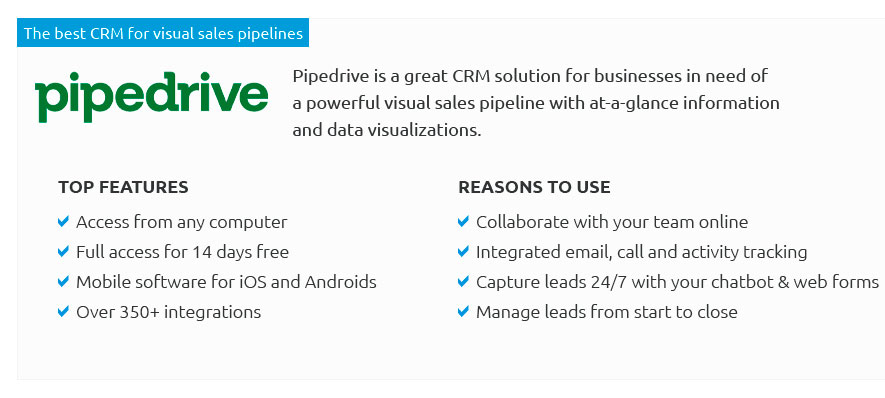 |
|
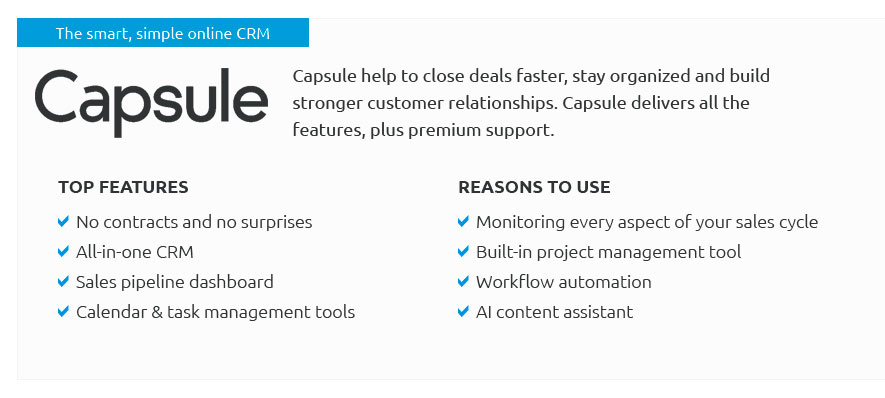 |
|
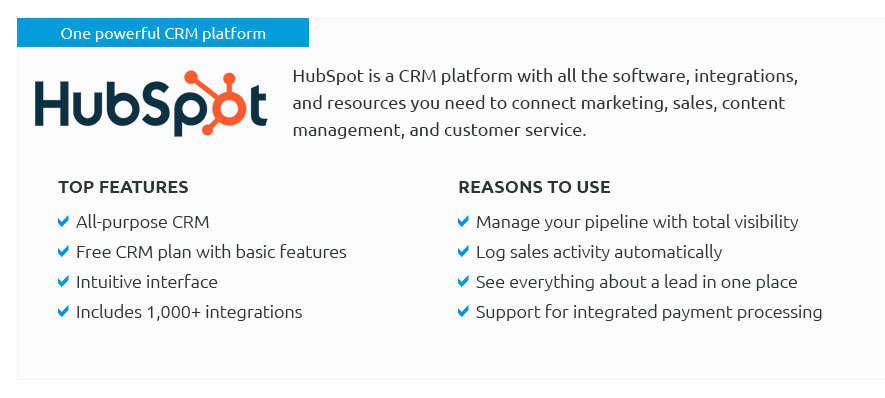 |
|
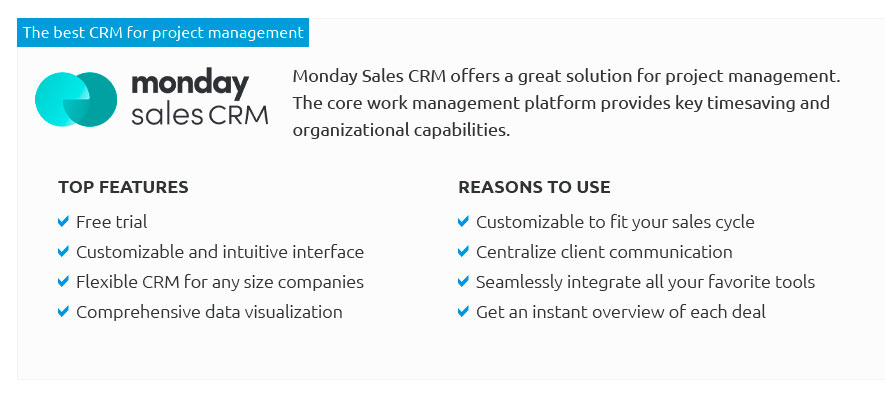 |
|
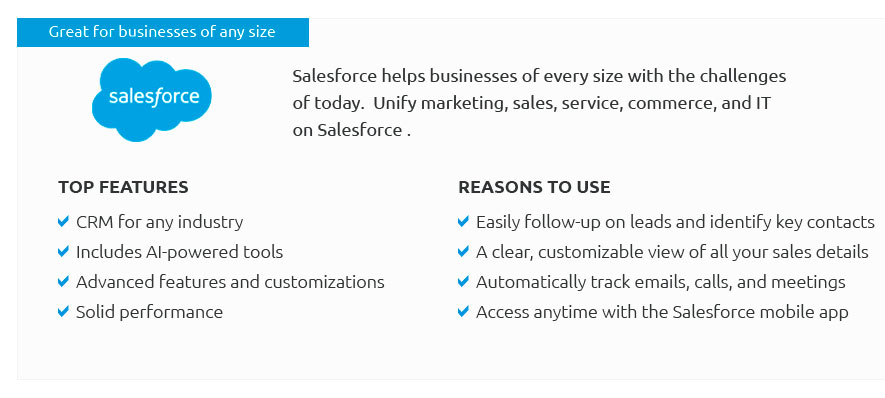 |
|
 |
 |
Exploring Microsoft Workflow Software: An Expert's InsightMicrosoft workflow software has emerged as a pivotal tool in modern business environments, aiming to streamline processes and enhance productivity through its comprehensive suite of functionalities. At the heart of this software lies the integration of automation and collaboration, two key components that are instrumental in optimizing workflows across various industries. One of the most significant features of Microsoft's offerings, such as Power Automate, is its ability to connect disparate systems and automate routine tasks with ease, allowing employees to focus on more strategic initiatives. To begin with, the user-friendly interface of Microsoft's workflow software cannot be overstated. It provides an intuitive experience even for those who may not possess an extensive technical background. This accessibility empowers teams to design, test, and deploy workflows without needing to involve IT departments extensively, thus accelerating the implementation process. Moreover, the software supports a wide range of integrations with other Microsoft products like Teams and SharePoint, as well as third-party applications, which significantly expands its utility in diverse operational scenarios. From an expert's perspective, one of the subtle yet powerful advantages of using Microsoft workflow software is its scalability. As businesses evolve, their processes inevitably grow in complexity. Microsoft's solutions are designed to accommodate this growth, offering customizable templates and a robust set of tools that can handle increasing demands without compromising performance. This scalability ensures that businesses can continue to rely on the software as they expand, without the need for costly overhauls or migrations to new systems.
However, it is essential to approach the adoption of workflow software with a strategic mindset. While the initial investment in time and resources may seem daunting, the long-term benefits, as evidenced by numerous case studies, far outweigh these initial challenges. Companies that have embraced Microsoft's workflow solutions often find that the software pays for itself through increased productivity and operational efficiency. In conclusion, Microsoft's workflow software offers a compelling proposition for businesses seeking to enhance their operational efficiency and drive growth. Its blend of automation, scalability, and user-centric design makes it a top choice for organizations of all sizes. While there may be other contenders in the market, the seamless integration with Microsoft's ecosystem, coupled with its proven track record, positions it as a leader in the workflow automation landscape. https://www.microsoft.com/en-us/microsoft-teams/apps-and-workflows
Empower your team to collaborate seamlessly with file sharing and project management on one centralized platform. Learn more. Voice over Internet Protocol (VoIP). https://beslick.com/does-microsoft-have-a-workflow-tool/
workflow software. - beSlick offers a robust platform designed to simplify workflow management. - beSlick, users can document, execute, and improve processes ... https://www.microsoft.com/en-us/power-platform/products/power-automate/topics/workflow-automation/workflow-automation-software-and-tools
Workflow automation tools drastically increase efficiency and add value back to core operations. Some examples of workflow automation in use include automating ...
|